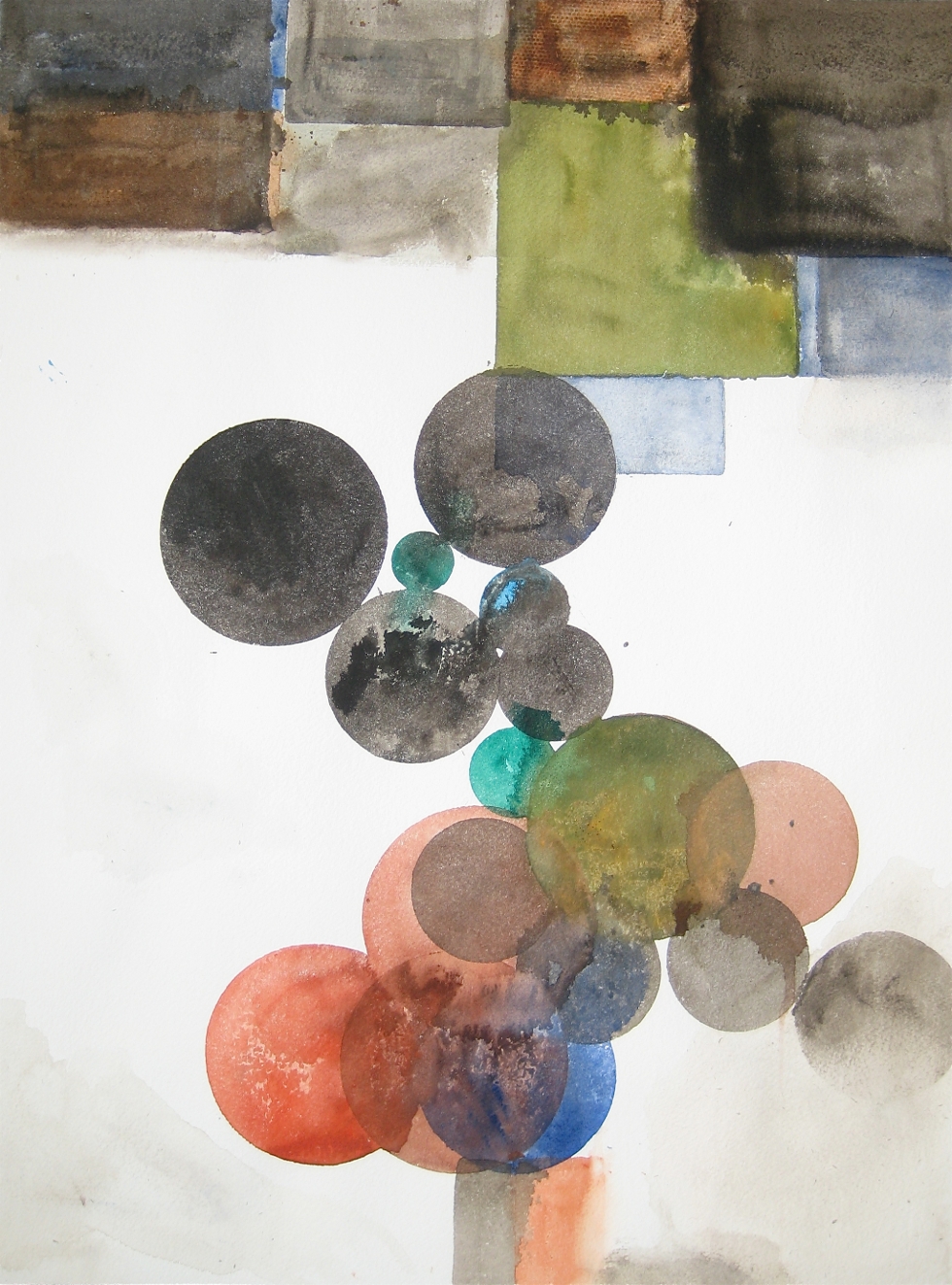
Diagrams are concrete structured sets of objects and relations experimented with as such so as to form a kind of laboratory, factory or poem of creative consequence. In working with diagrams, one is at times caught up in a kind of witches’ ride, an at least partially ecstatic transport. This is because when one makes a diagram—and here making is essentially using and testing—one finds oneself transformed into a vehicle or vessel of implicate sense, a sign of all the diagram itself can and perhaps will unfold. Contemporary philosophy has inherited some of its profoundest insights and techniques from diagrammatic thinking. Frege, Husserl, Peirce, Bergson, Deleuze, Guattari, Hintikka, Brandom and many others have used diagrams not only to express their thoughts, but more importantly to produce new kinds of thinking—above all to find new ways to experiment with thinking. One cannot modify or add to a diagram without building and participating in new and unintended relations. Diagrams thus use relations to create and multiply relations.
The logically precise and rigorous aspects of diagrammatic experimentation and expression are not without their spiritual dimensions. A diagram is always a concrete assemblage—a set of scratches, marks, lines and scribbles on a napkin, for instance. Thus the diagram resides in space and time. It is material. But the work of the diagram is to draw immaterial, universal, abstract and atemporal consequences from the relations embodied in the materiality of the diagram itself. The subject who tests, tries, scratches out and revives the diagram is a mediator, a two-way radio, a categorial functor from the micro- to the macro-cosmic. In antiquity, such use of the material world for signaling and explicating the spiritual was called theurgy. In modernity, the diagram stakes out a new consolidation of powers on this old terrain. And it raises the stakes.
Here by way of illustration we reproduce and adapt a diagram taken from Deleuze and Guattari’s A Thousand Plateaus:

As a first step, prior to any interpretation, trace the diagram with your eye or, better, with the tip of your finger. Follow its topology, its flows and cuts, its continua and gaps. Familiarize yourself with its unique territory and note the intrinsic bifurcation and differentiation of that territory into two incommensurable sides—an ACTUAL territory on the one hand, composed of pixels on a screen in front of you, localized in time and space, and a VIRTUAL or abstract territory on the other, delocalized and determined only by internal, structural relations of the diagram’s parts.
Now let us turn to the specific interpretation of the diagram as offered by Deleuze and Guattari. They use this diagram to model the dynamics of signification and of what escapes signification. (Or is it rather that these dynamics themselves in fact model the given diagram? In any case, a diagram is not a formal syntax coordinated to various semantic models; it is a spiritual assemblage, what Deleuze and Guattari call an abstract machine.) Signifying and escaping signification is what a diagram does. Thus the sense of their interpretation and the diagrammatic form of its expression remain strictly inseparable.
Page 1 of 2 | Next page